
1872年東京 日本橋
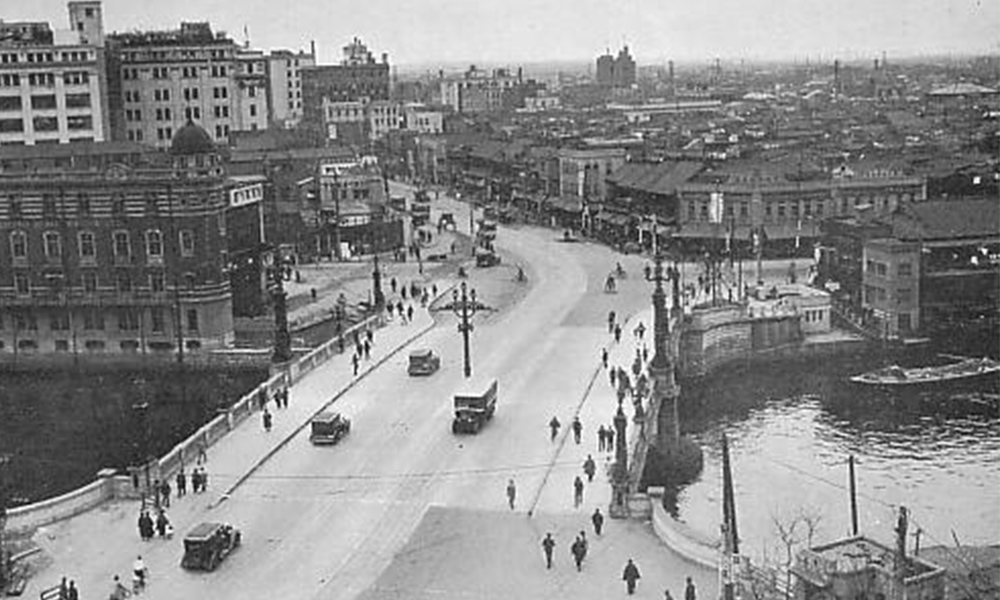
1933年東京 日本橋
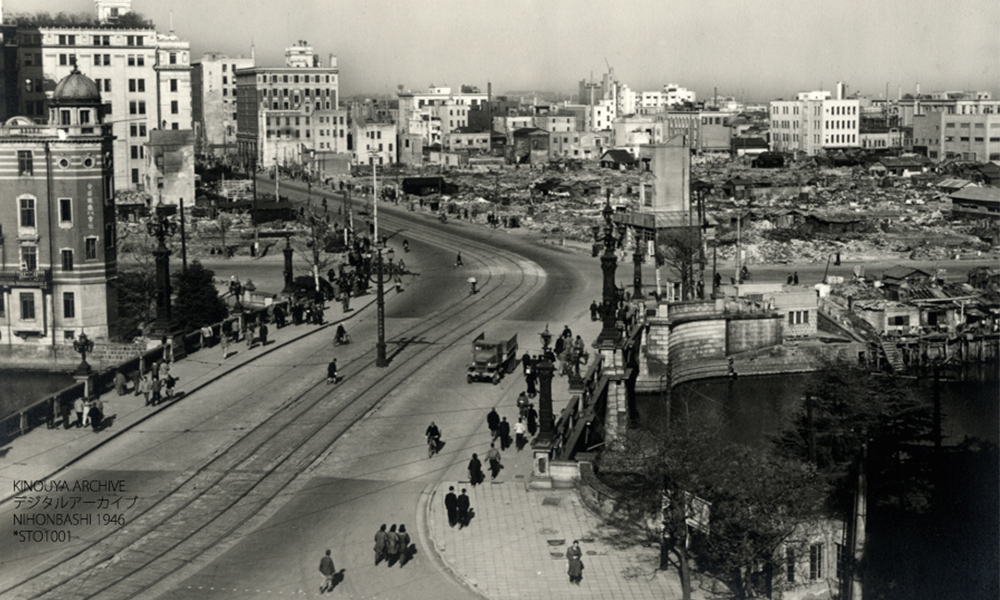
1946年東京 日本橋
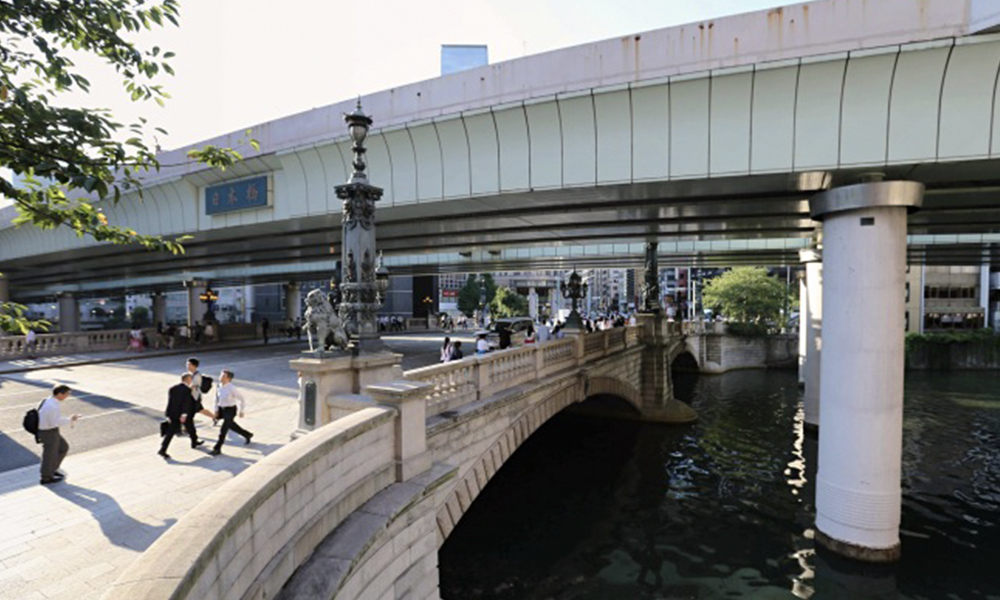
2017年東京 日本橋
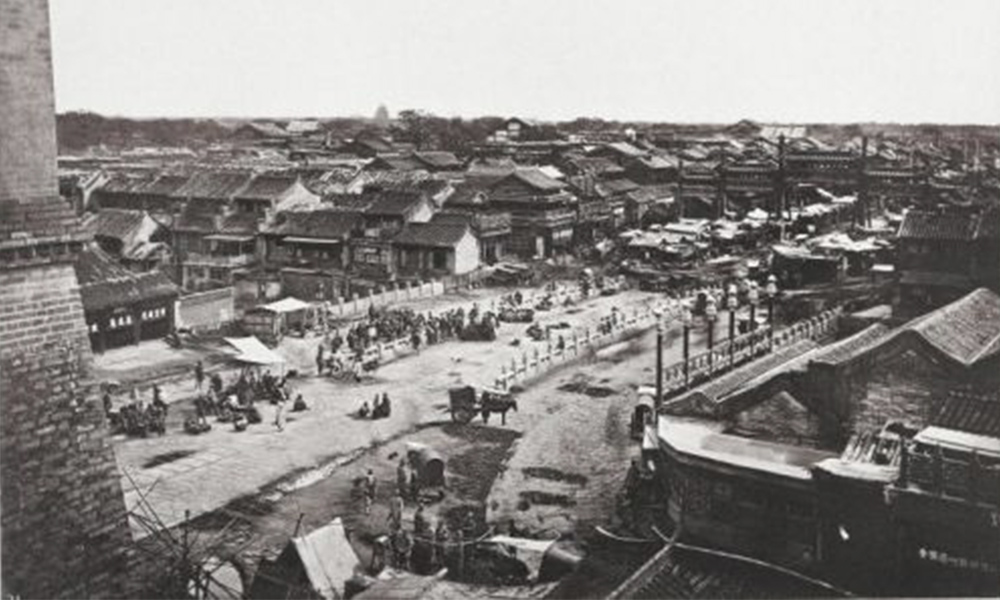
1872年8月〜10月北京 前門
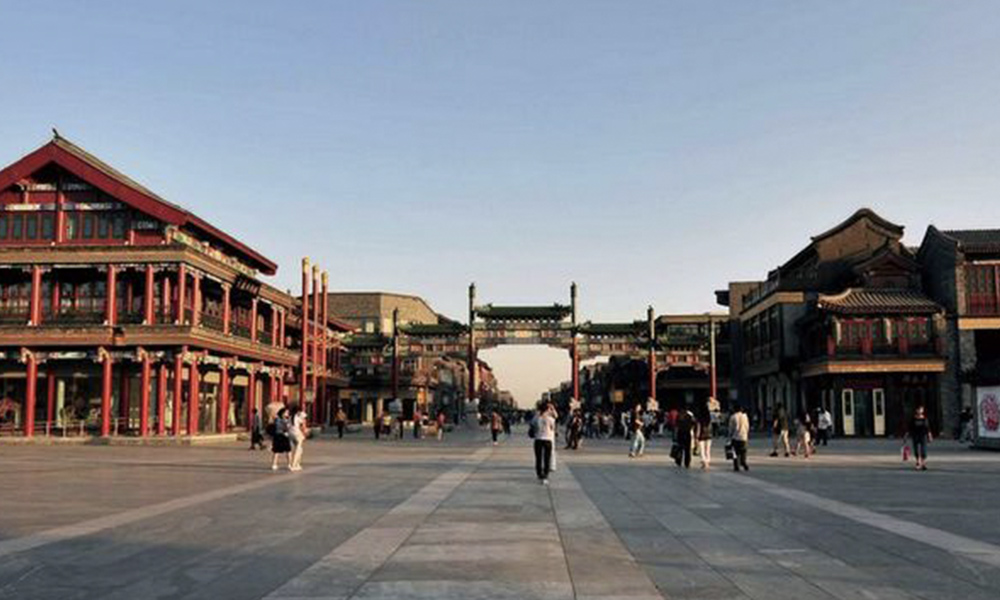
現在北京 前門
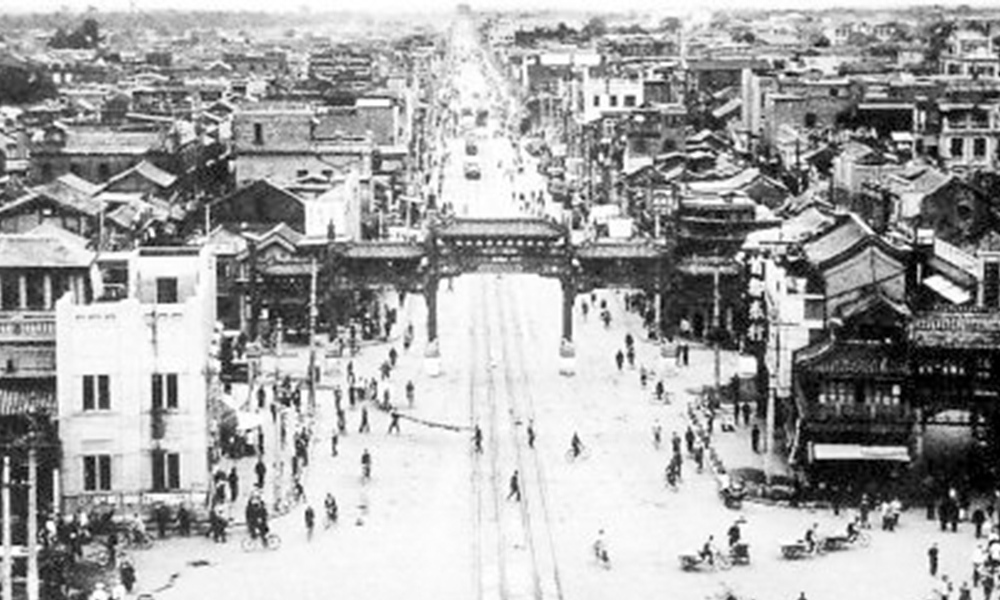
1949年前後北京 前門
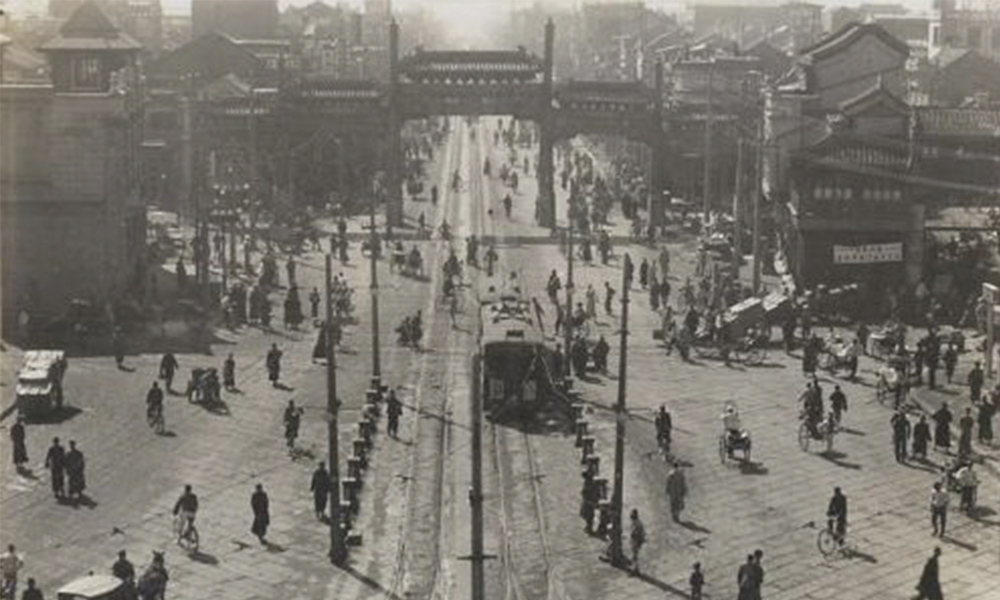
1930年代北京 前門
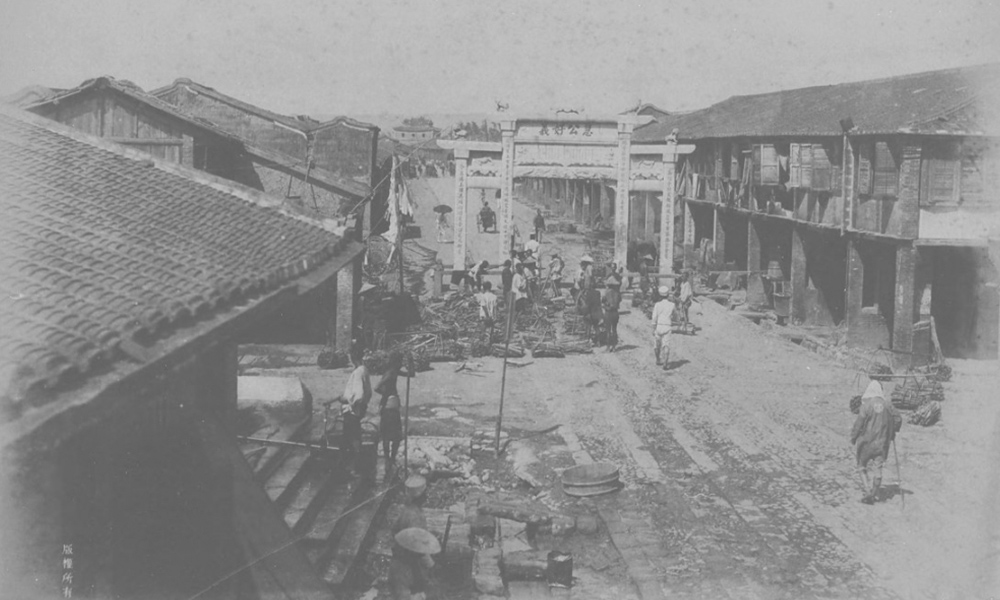
1895年台北 衡陽路
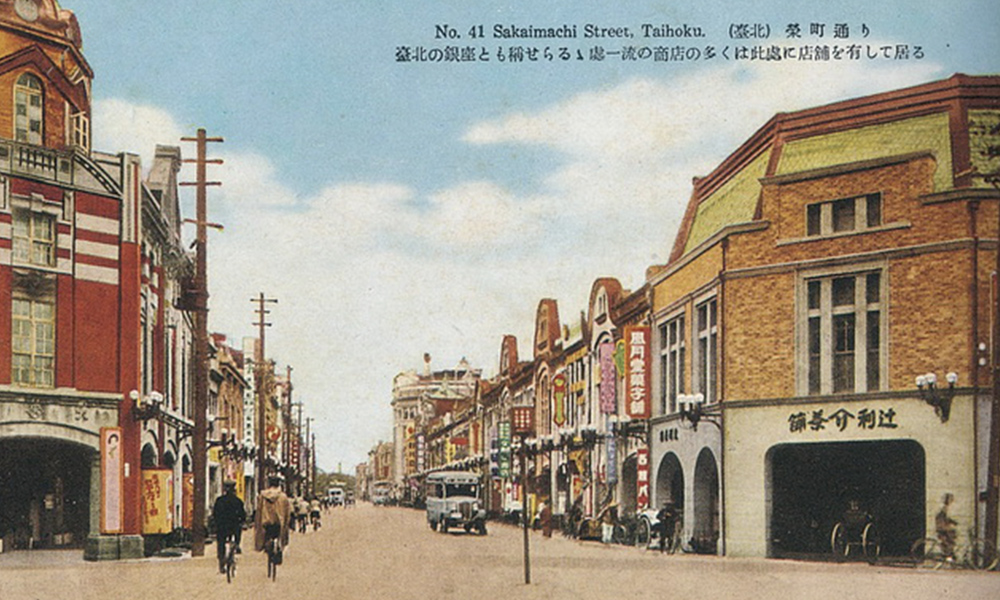
1930年代台北 衡陽路

1960年代台北 衡陽路

現在台北 衡陽路
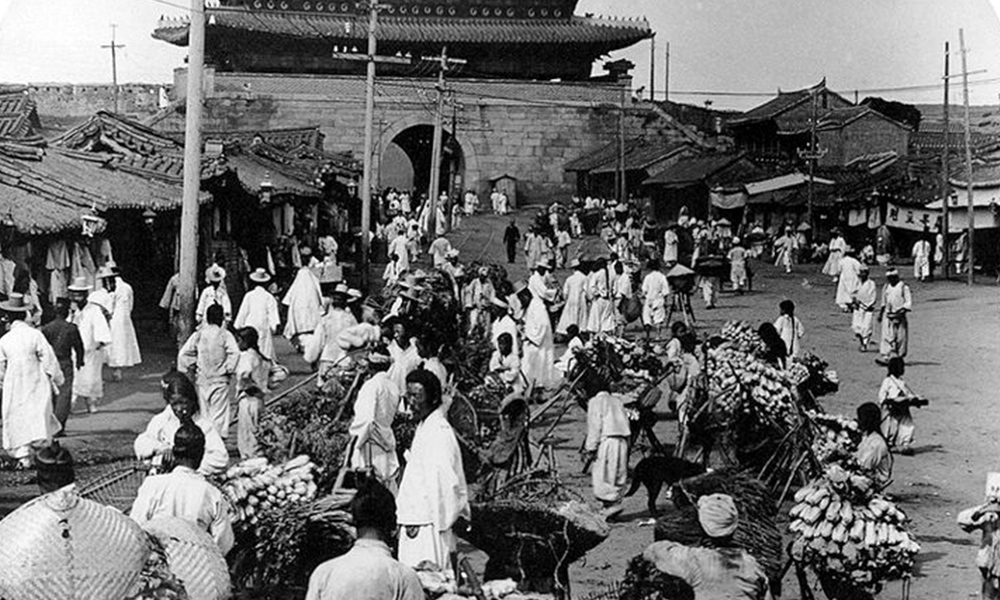
1904年ソウル 南大門
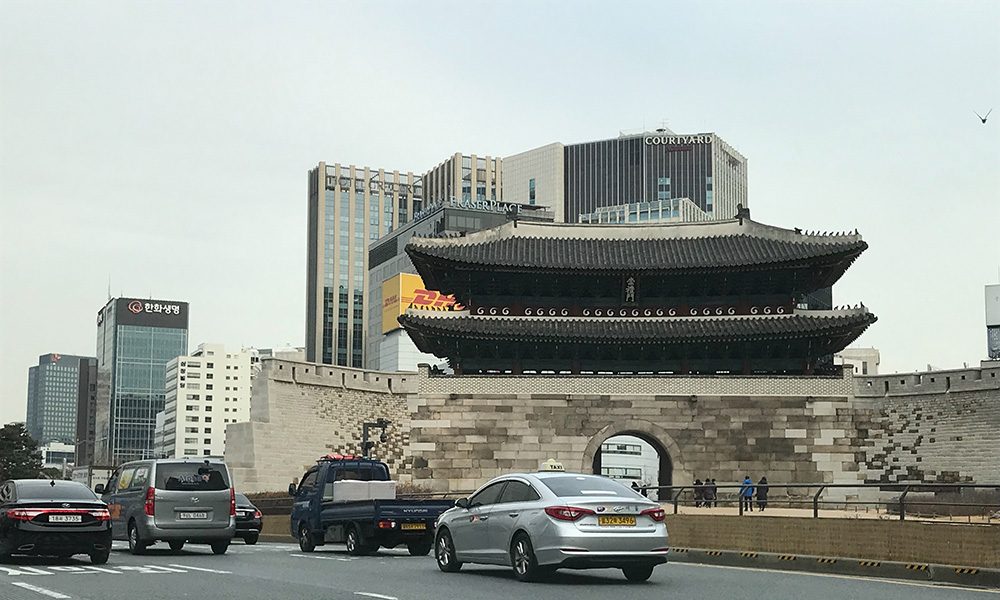
2006年ソウル 南大門
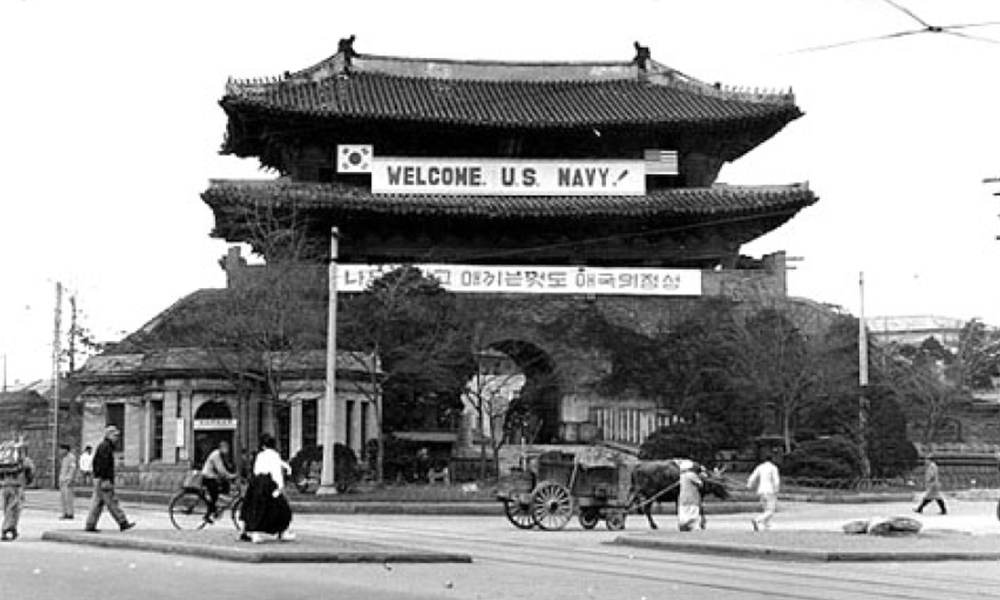
1950年ソウル 南大門
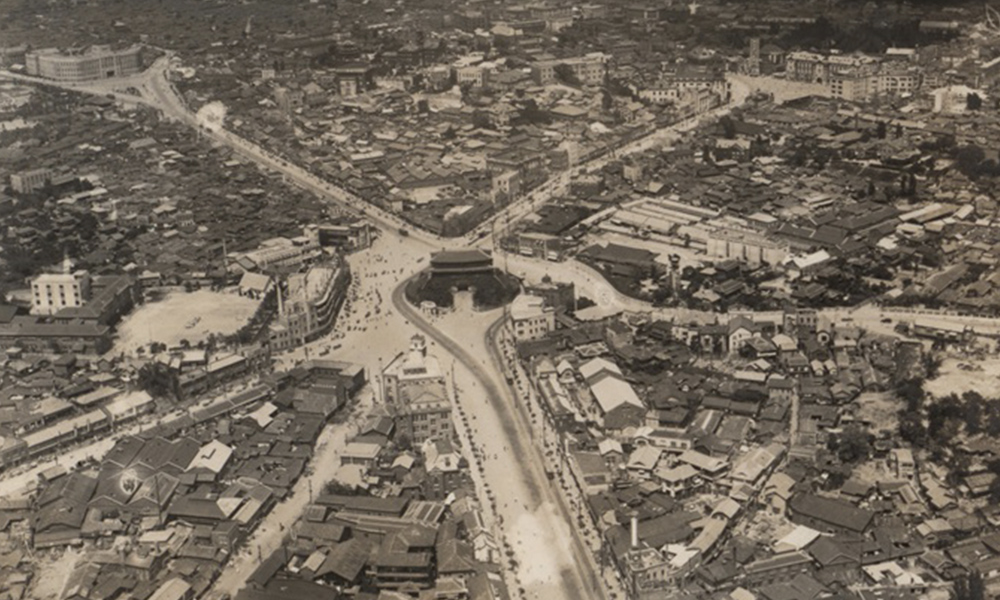
1940年代初ソウル 南大門
Miyamoto Satoru, Professor
Political Science & Economics Department, The Faculty of Political Science & Economics, Seigakuin University
l If a factor of religious conflict is accounted with a racial conflict, having reconciliation becomes more difficult.
l In some cases, the change of international political climate brings about reconciliation.
l There is a case that democratisation even makes situation worse.
In the international political arena, there are a large number of confrontations amongst states. They are not only bilateral but also become being involved in a whole region. The confrontation between Iran and Israel is one of an example. Both of them are criticising each other as that they are non-democratic totalitarian state, and are developing and possessing nuclear weapons. At this time, there is no indication that they seek reconciliation.
(Photo: The photo shows the border between Israel and Lebanon from the Israel side. Hezbollah, having the support of Iran, attacked Israel. Therefore, Israel built the missile defence system on a top of a mountain range there.)
The conflict between Iran and Israel had a great impact on the Middle East. It is believed that Iran is supporting both Hamas based in Gaza and Hezbollah sited in Lebanon. The conflicts of Israel against Hamas and Hezbollah are often called ‘proxy wars between Iran and Israel’. Furthermore, the Assad regime in Syria, which is against Israel, has the support of Iran. On the other hand, Israel has become close to Saudi Arabia, which is confronting against Iran. On the 5th of June in 2017, Saudi Arabia, together with Egypt, Bahrain and the United Arab Emirates (UAE), cut diplomatic ties with Qatar, due to its close relationship with Iran. Thus, the confrontation between Israel and Iran has a huge impact on surrounding nations, which even do not share a common border.
(Photo: United Nations Peacekeeping, the UNIFIL stays on the border of Israel and Lebanon in order to watch the withdrawal of the Israel Defence Forces from Lebanon.)
Conflicts amongst Middle Eastern countries determine an element of a racial conflict. In fact, the majority of people in Israel is Jewish, while those in Iran are Persians. It could be said that due to different racial origins, it is easy to have confrontations. In the Middle East, however, their confrontations are not only displayed in racism but also the confrontation over religions, ideologies, territorial disputes and historical recognitions, as a multi-layered issue. Even the conflict between Israel and Iran cannot be explained in the context of the racial confrontation as only a factor – the fact that both nations do not have a stable relationship with Arabs, who are the majority of people in the Middle East. When Israel was established, it confronted against Arabic nations, but now it improved its relations with a number of Arabic states. Until the Iranian Revolution in 1979, Iran had had a stable relation with entire Arabic countries, but since the revolution, Iran has been confronting against some Arabic nations. Today, Arabic nations do not have relations with Iran and Israel in a same manner – each of them have a different relation with these two. This is one of reasons that conflicts in the Middle East are not only brought about by racial confrontations.
In the Middle East, not only racial but also religious discourse is important. In Israel, Jewish is dominant religion, while Iran is dominated by Shiite. Due to different religion, it could be argued that it is easy to have confrontations. The declaration, which was made by Donald Tramp on the 6th of December in 2017, demonstrated that how the issue regarding Jerusalem is serious within the context of not only race but also religion. Before the foundation of Israel, on the 29th of November in 1947, the UN General Assembly adopted the United Nations Partition Plan for Palestine. The resolution recommended the creation of the city of Jerusalem as an International Regime under the control of the UN, alongside the foundation of independent Arab and Jewish States. However, after the First Arab–Israeli War brought about by the Israeli Declaration of Independence, East Jerusalem was annexed by Jordan, the Arabic State; while Israel took control of West Jerusalem, the Jewish State. In 1950, Israel declared Jerusalem as its capital city, and during the 1967 Arab–Israeli War, Jerusalem was captured by Israel. Since then, Jerusalem has been under the Israeli rule.
(Photo: Church of the Holy Sepulchre (Christianity))
It is unfavourable to accept Jerusalem as the capital city of Israel in terms of the UN General Assembly resolution and racial confrontation. Moreover, it is important to emphasise that Jerusalem is the holy place of Christianity, Judaism, and Islam. The Old City of Jerusalem holds a number of buildings and monuments, which symbolise key religious importance.
Israel welcomed that President Tramp confirmed Jerusalem as the capital city of Israel, Iran, on the other hand, has been criticising the US more and more. If it is only about racial confrontation, it is none of Iran’s business. However, the reason behind the criticism of Iran against the US is fact that Jerusalem is also the holy place of Islam – Iran is the Islamic State. We should recognise that religions confrontation as one of factors, which makes complex to have reconciliation amongst Middle Eastern countries.
(Photo: The Western Wall (Islam))
However, although there was racial and religious confrontations, at one point, Iran and Israel were in a harmonious relationship. In other words, they achieved reconciliation. When the United Nations Partition Plan for Palestine was adopted, Iran was one of a state, which had an opposition vote, but Iran was not that much against Israel at that time. When Israel declared its independent on the 14th of May in 1948, a number of Arabic nations declared a war against Israel, and went into the First Arab–Israeli War. At that time, Iran did not involve in the war. Iran even attempted to establish diplomatic relations with Iran in the following year of the war. On the 6th of March in 1950, Iran recognised Israel as a state in reality. Iran did not have an official statement, and this action caused numerous resistance both internally and externally. Iran, however, did not retract its confirmation.
(Photo: The Dome of the Rock (Islam))
The reason of a close relationship between Iran and Israel was brought about by the Soviet Union, which was a common enemy for both nations. After the downfall of Mosaddegh’s government in a coup d’état, orchestrated by the UK and the US, on the 19th of August in 1953, Mohammad Reza Pahlavi, known as the Shah, who are pro-western, started to rule the government as a dictator, and it led to further conflict with the Soviet Union. On the other hand, because Egypt and Syria received military assistance from the Soviet Union, Israel became under a threat of the Soviet Union. As a result, both Iran and Israel had the common enemy, the Soviet Union. Due to this change of international political climate, Iran and Israel formed the de facto alliance within a context of economy, security, and intelligence. Furthermore, the White Revolution in 1963, which aimed to westernise, modernise and secularise Iran, strengthened the relationship between Iran and Israel. Their diplomatic relations was still unofficial, but Iran exported oil to Israel, while Israel assisted the military development of Iran. On the other hand, domestically, anti-western and anti-Shah movement became strong. However, under the Shah regime as dictatorship, these anti-movements were ignored.
(Photo: A mural portraying the skull of the Statue of Liberty on the wall of the former US embassy in Tehran, the capital city of Iran. It shows hatred for the US.)
After the Iranian Revolution in 1979, which overthrew the Pahlavi dynasty, Iran’s relationship with Israel became worse. On the 13th of February 1979, protesters founded the Iranian Provisional Government, and it eventually cut off diplomatic relations with Israel on the 18th of February. They proclaimed the establishment of the Islamic Republic of Iran on the 1st of April. Furthermore, on the 4th of November, Muslim Student Followers of the Imam’s Line occupied the American Embassy in Teheran; as a result, Iran also severed diplomatic relations with the US on the 8th of April in 1980. The Iranian Revolution initially demonstrated the progress of democratisation, which introduced the election system after the collapse of dictatorship. However, during democratisation process, anti-Israel and American sentiment was broken out, and it was resulted in severing diplomatic ties with Israel and the US.
International political climate led Iran and Israel to have confrontations, although they used to be allied. When an Iranian drone penetrated airspace of Israel from Syria on the 10th of February in 2018, an Israeli military helicopter shot down it, and its military then attacked an Iranian military facility in Syrian. After the crash, one of Israel’s fighter jets was shot down by Syrian’s surface-to-air missile. The confrontations between Iran and Syria also demonstrated the military confrontations. This fact is indeed difficult to believe, since they used to build de facto alliance. Their confrontation was brought about by racial and religious conflicts as well as democratisation.